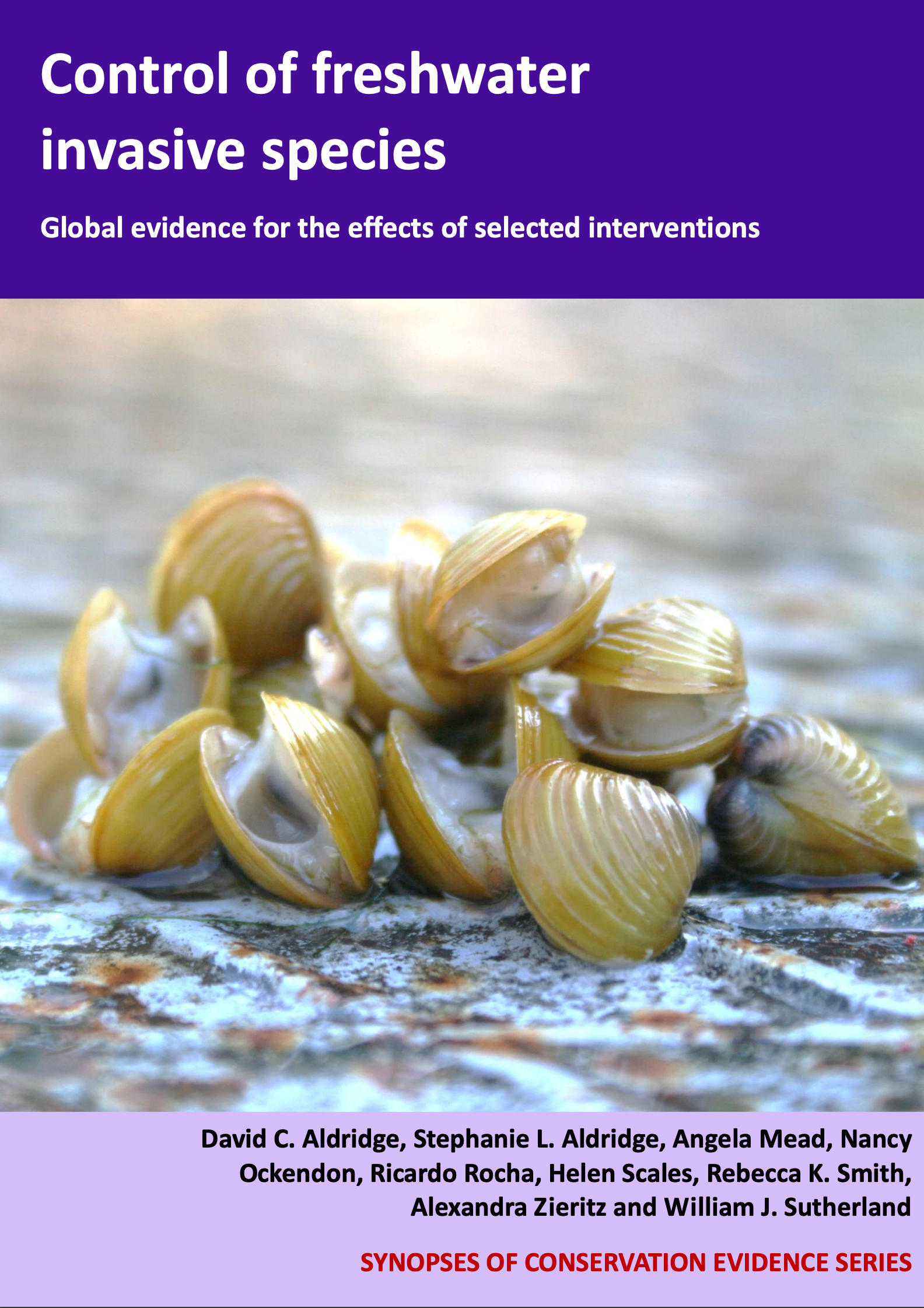Water primrose: Biological control using co-evolved, host specific herbivores
-
Overall effectiveness category Likely to be beneficial
-
Number of studies: 2
View assessment score
Hide assessment score
How is the evidence assessed?
-
Effectiveness
60% -
Certainty
50% -
Harms
not assessed
Study locations
Supporting evidence from individual studies
A controlled, replicated field study carried out in 1985 in Jiangxi Agricultural University, China (Xiao-Shui 1990) found the flea beetle Altica cyanea caused heavy feeding destruction to the prostrate water primrose Ludwigia prostrata and was specific to the prostrate water primrose and Indian toothcup Rotala indica. In field cage experiments, flea beetles decimated prostrate water primrose plants within a month. Wooden frame field cages were covered with nylon mesh on the sides and a mesh window on the top. One hundred prostrate water primrose seedlings were planted per cage. Flea beetle adults were collected from the field and zero, two, four, and eight pairs of them were released at random into each cage when young caged plants had at least nine leaves. There were three replicates of each population size on the plants. Observations were made at 10 day intervals. To test food specificity, laboratory-based larval starvation tests were carried out on 24 different plant species at temperatures of 20-30OC.
Study and other actions testedA replicated, before-and-after field study conducted in 1994 in the USA (McGregor et al. 1996) found that introduction of flea beetles Lysathia ludoviciana to a pond significantly reduced the abundance of large-flower primrose-willow Ludwigia grandiflora. When the beetles were introduced to the pond, the abundance of large-flower primrose-willow declined from an initial average 61 g/m2 to an average of 7 g/m2 from July to September. Beetles were introduced in July into a one hectare pond containing the water primrose. The mean density of flea beetles varied throughout the study from 1-12/m2. Changes in abundance of large-flower primrose-willow was monitored in six enclosures measuring 5 x 10 m.
Study and other actions tested
Where has this evidence come from?
List of journals searched by synopsis
All the journals searched for all synopses
This Action forms part of the Action Synopsis:
Control of Freshwater Invasive Species
Control of Freshwater Invasive Species - Published 2017
Control of Freshwater Invasive Species Synopsis





)_2023.JPG)














